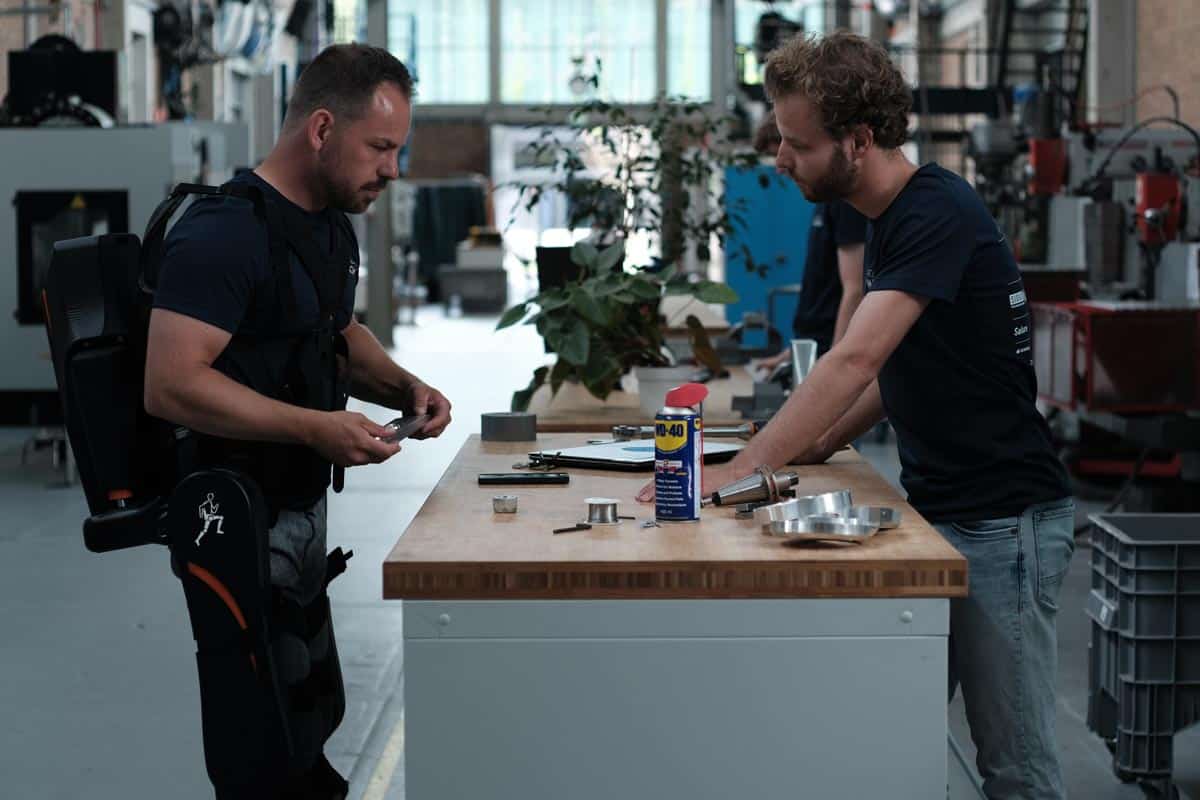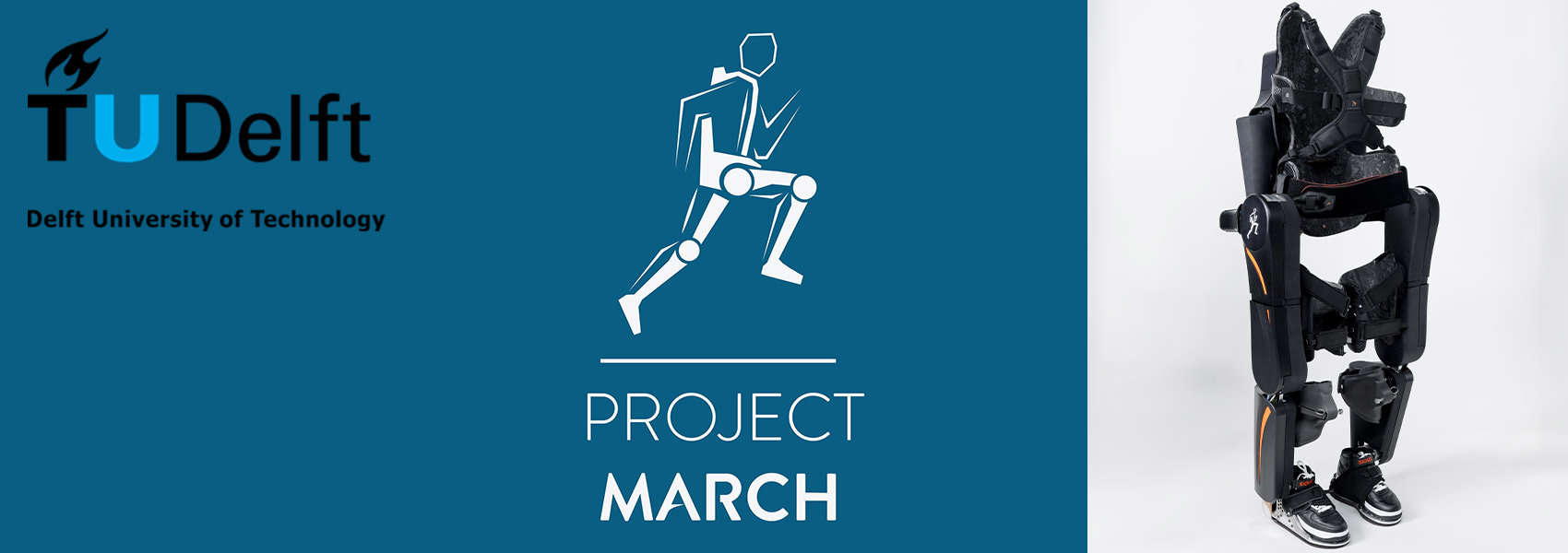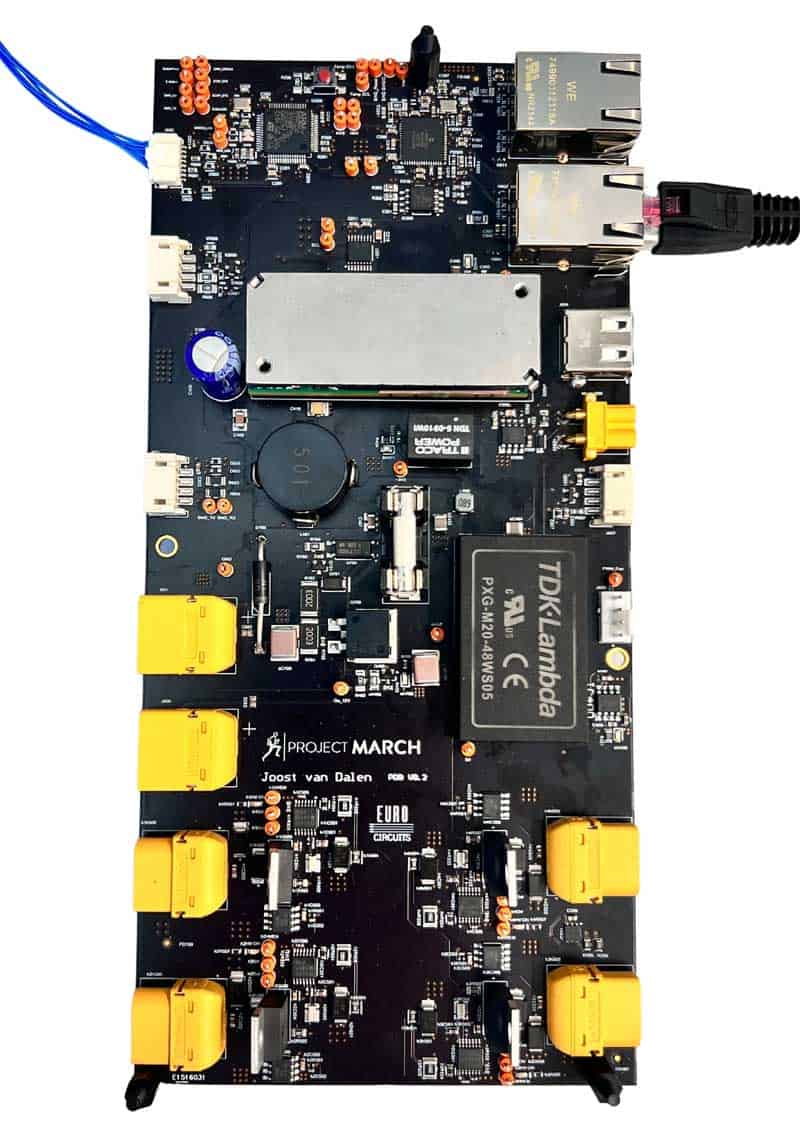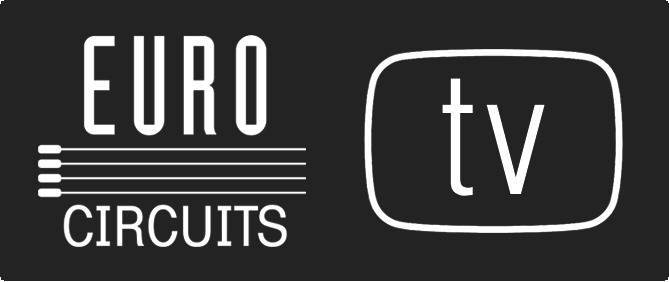Project MARCH – The MARCH VIII
We work in close collaboration with our pilot, the user of the exoskeleton. Since we believe that co-creation with the user is a crucial element in making the exoskeleton a success, his feedback is the only way of measuring whether the exoskeleton is really fit for daily life. We see the ability to walk on two feet as something completely normal, but it is quite special that we can do this. Because what happens when you have a spinal cord injury? A spinal cord injury entails that the nervous system is damaged at a certain height of the spinal cord causing to have no motor or sensory function below the height of injury at all. It often results in being wheelchair bound, which has a huge impact on the human body. The members of Project MARCH have the vision to improve the lives of people with paraplegia by pushing exoskeleton technology. An exoskeleton could be explained as motorised robotic legs attached to the outside of the body, enabling the user to stand up and walk again. The team consists of 27 students with various backgrounds who put their study on hold for a whole year to work on the project.
We see the ability to walk on two feet as something completely normal, but it is quite special that we can do this. Because what happens when you have a spinal cord injury? A spinal cord injury entails that the nervous system is damaged at a certain height of the spinal cord causing to have no motor or sensory function below the height of injury at all. It often results in being wheelchair bound, which has a huge impact on the human body. The members of Project MARCH have the vision to improve the lives of people with paraplegia by pushing exoskeleton technology. An exoskeleton could be explained as motorised robotic legs attached to the outside of the body, enabling the user to stand up and walk again. The team consists of 27 students with various backgrounds who put their study on hold for a whole year to work on the project.
This year we wanted to take a big step in exoskeleton technology. We aimed to walk self-balanced. In previous years, our pilot used crutches to balance himself in the exoskeleton. This year we wanted to get rid of these crutches and so aim for a self-balancing exoskeleton. We are happy to say that we achieved this goal on the 21st of July during our Exoskeleton Reveal. Our pilot, Koen, walked without using his crutches. He only used a walking bridge for some small touches and for his own safety. Furthermore, we managed to let Koen walk with a Brain Computer Interface. This is a head mounted device that monitor’s Koen’s brain waves and determines if he wants to walk or not. This technology is beneficial as it makes the experience of using the exoskeleton more intuitive. By only thinking about walking, Koen was able to control the exoskeleton to make it walk.
For letting the exoskeleton walk self-balanced we needed to implement sensors that could sense its surroundings. These can be seen as the nerves of our exoskeleton, the MARCH VIII. We made use of torque sensors and IMUs (Inertial Measurement Unit) to sense and measure Koen and the exoskeleton.
This year the Electrical and Embedded department improved and developed several printed circuits boards (PCBs). One of them is the Power Distribution Board (PDB). As the name suggests the PDB is responsible for distributing the power, which is supplied by the battery, to all the electrical components inside the exoskeleton in a safe manner. Since not all components need the same voltage the PDB contains several power converters to convert the 48V delivered by the battery to 12V, 5V and 3.3V. One of the Electrical goals was to implement pressure soles under the feet of the exoskeleton. In this way, we could measure the forces applied on every part of the feet so we know what the center of pressure is. Therefore, two PCBs were created to read out the values of these sensors. The safety of our pilot, Koen, is an important aspect in our design process, which is always considered. Temperature sensors were added for temperature control with fans in the exoskeleton. This prevents the exoskeleton from overheating thus making it safer for the pilot to use the exoskeleton, the MARCH VIII.
To make the exoskeleton more accessible for Koen we made new PCBs to store the blade connectors so that the battery in the backpack could easily be injected and ejected. To communicate with our motor controllers, with the help of Eurocircuits, we have developed a PCB called the Diebo. The Diebo allows us to collect various data from the sensors and controls the joints of our exoskeleton. This is a crucial part of the embedded system.
All the PCBs were designed using Altium. Thereafter, the designs were sent to Eurocircuits who reviewed and fabricated them. Their production process is fast and intuitive.
For more information please visit the Project MARCH VIII website.








